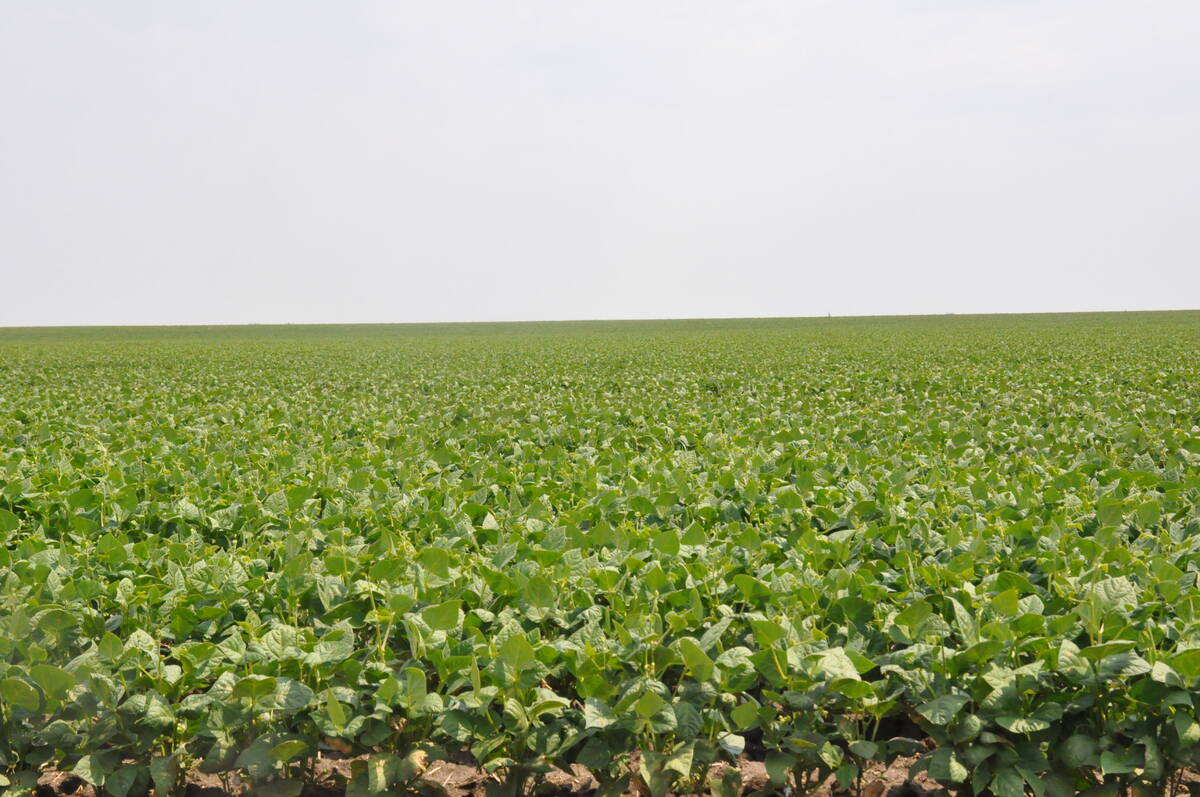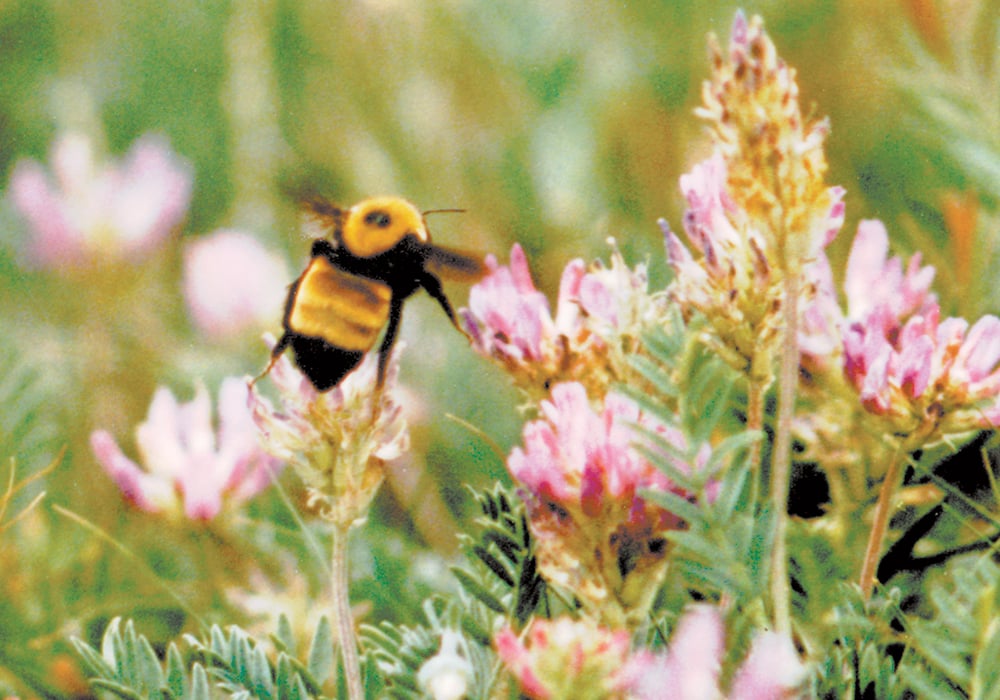The removal of shelterbelts and hedgerows could potentially affect the pollination of forage crops by harming wild bees and other beneficial insects, says a researcher.
“A lot of them use the small corridor spaces between fields and even little parcels of natural land to live in,” said Gail MacInnis, research scientist in pollination at Northwestern Polytechnic’s National Bee Diagnostic Centre near Beaverlodge, Alta.
She is looking for farmers in northern Alberta who want to take part in a study on wild bee diversity near forage crops. It will examine wild pollinators such as bumblebees, leafcutter bees and sweat bees.
Read Also

Coloured bean production down, whites are up
Bean prices have been slumping and the outlook is for more of the same.
They can live in fragmented habitats, travelling to nearby agricultural fields for pollen and nectar before returning to their nests in places such as holes in the ground or in deadwood, she said.
Unlike honeybees, they do not live in hives or require the attention of beekeepers, she added.
“These are all non-honeybees that rely completely on the environment for food and habitat. In a lot of these landscapes, parcels of natural land, like even hedgerows, shelterbelts, or swaths of forest, these are where all these bees live, so they come into the crops from the natural landscape.”
Canola is particularly important for wild pollinators because it is a long-blooming crop, providing plenty of pollen and nectar for such insects, she said. Although they tend to prefer native vegetation, wild bees also pollinate crops such as berries, she said.
MacInnis said blueberries are buzz-pollinated plants.
“These plants can’t be pollinated by honeybees. The bees have to vibrate their flight muscles, and most native bee species can do this, especially bumblebees.”
The technique is essential to crops ranging from tomatoes to alfalfa. The discovery that leafcutter bees, in particular, can boost the pollination of alfalfa helped bring the industry to where it is today, she said.
“And I think there are many more species that can be discovered that are great pollinators that we just haven’t got there yet in terms of studying their biology and their habitat and looking at this relationship between our wild pollinators and our crops.”
About 300 species of native wild bees live in Alberta, making the province something of a hotspot for the insects, said MacInnis.
“I think that in these landscapes, especially where we are in the Peace region, there is a lot of natural lands … around these crops, and we’re finding these big patches of forest and these big undisturbed sections of landscape scattered in between the crops.”
The study on wild bee diversity near forage crops will focus on three different types of natural landscapes: grasslands, shrublands and forests. Although the research will take place in northern Alberta, it could also potentially be applied to the southern half of the province, said MacInnis.
“So, if you have crops, if we find that the shrub lands support the higher diversity of bee species than the forest, then that will be something that could also translate to the south. If a producer is thinking of expanding his land and has a shrub or forest next door, then he would have the knowledge to say, ‘oh, this shrub land actually does serve more bee species, maybe we should save a parcel of that, and instead we’ll expand into the forest’ and vice versa.”
Farmers in northern Alberta interested in taking part in the study can contact MacInnis at 780-357-7730, or by email at Gmacinnis@nwpolytech.ca.
















